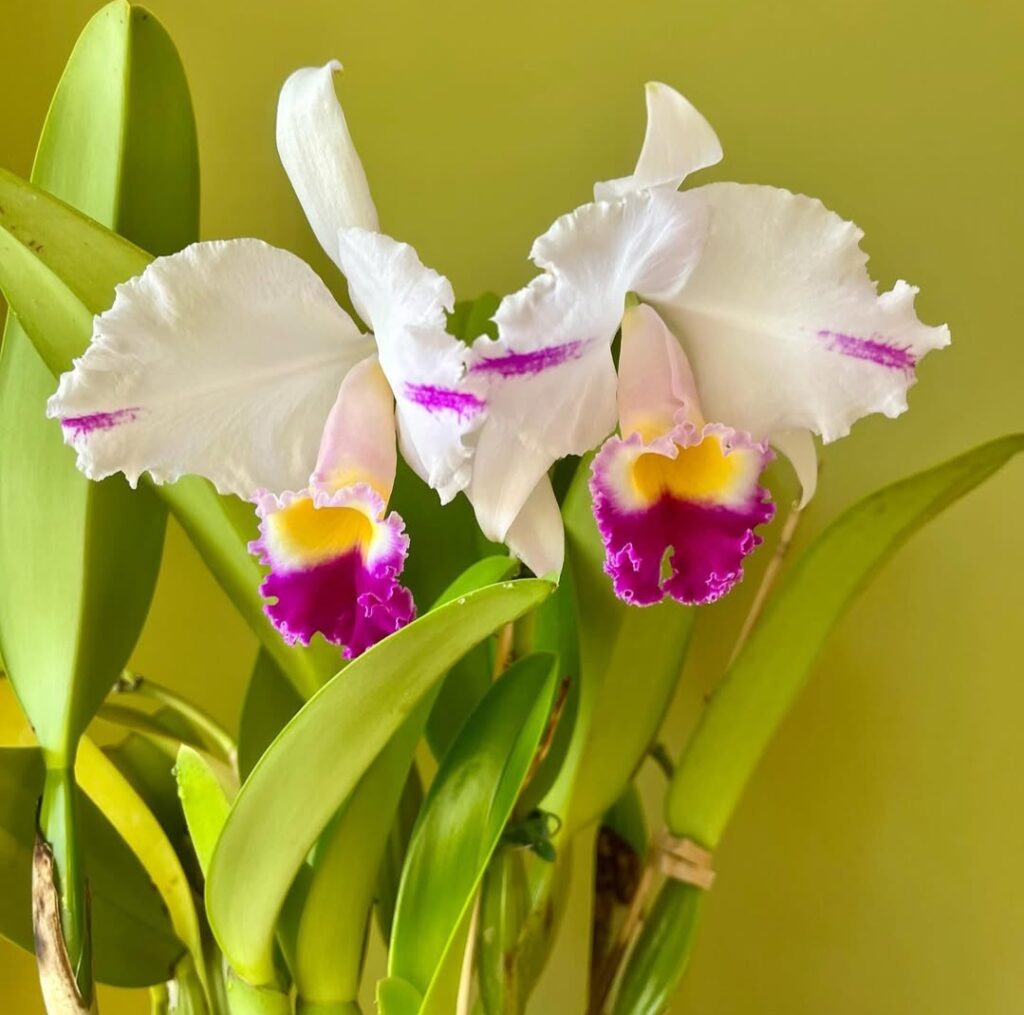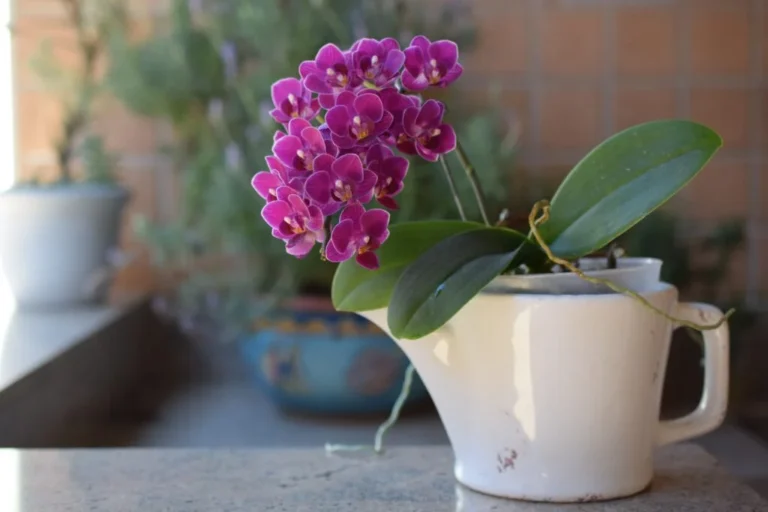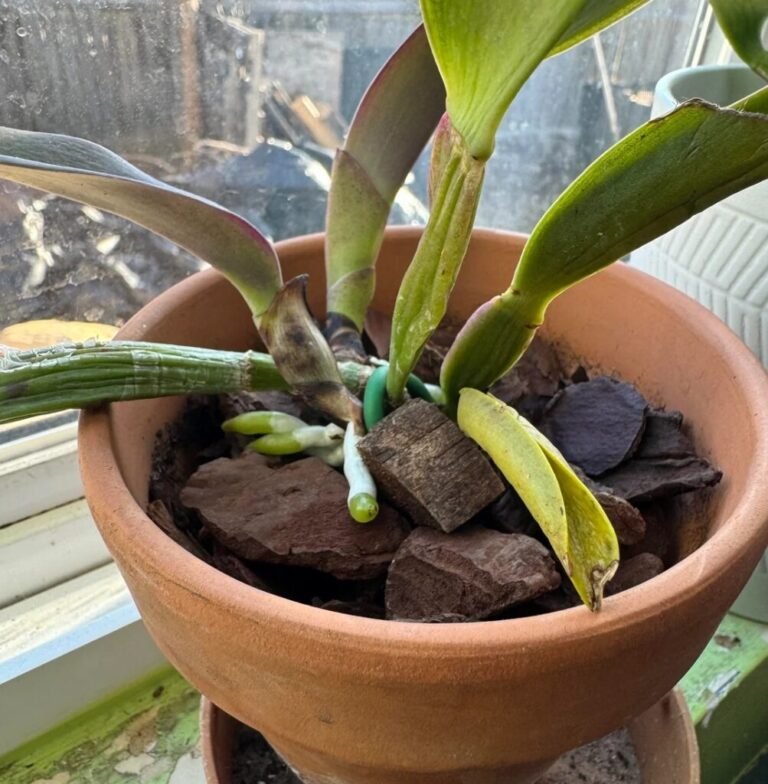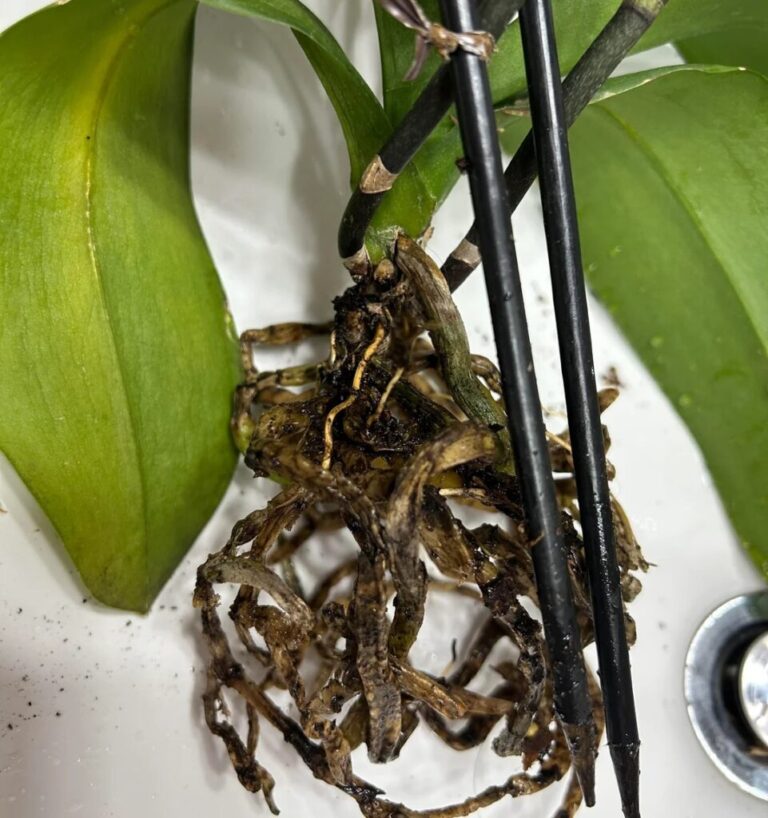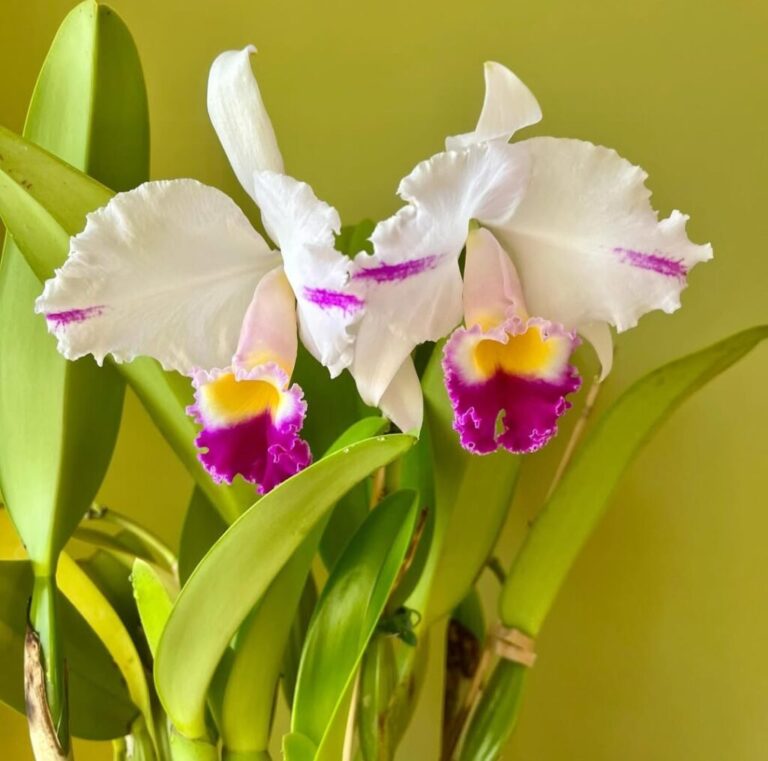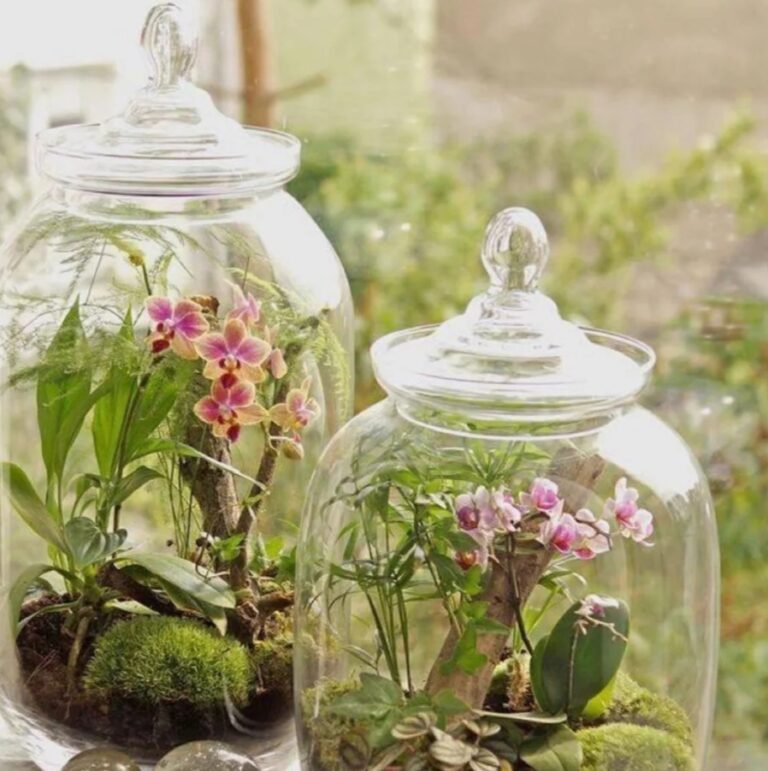There’s nothing quite as heartbreaking for an orchid lover as watching your Cattleya Trianae dropping buds. This orchid, known for its luxurious blooms and sweet fragrance, may grow healthy buds—only to have them turn yellow, shrink, and drop before they ever open. You’ve waited patiently, cared meticulously, and imagined the moment those stunning lavender-pink flowers would brighten your space. But instead of a vibrant display, you’re left with disappointment and confusion.
Cattleya trianae, often nicknamed the “Queen of Orchids,” isn’t just any orchid—it’s Colombia’s national flower and a favorite among collectors for its spectacular blossoms. It’s known to reward dedicated growers with breathtaking results, but only if its needs are met consistently. Bud drop, or “bud blast” as many orchid enthusiasts call it, is a frustratingly common issue, especially for beginners. And while it may seem random, there are actually clear and fixable reasons behind it.
The good news? Bud drop is not the end of your orchid’s journey—it’s a helpful signal that something in your plant’s environment or care routine needs attention. With the right knowledge and a few strategic adjustments, you can prevent this issue and ensure your Cattleya blooms in all its glory season after season.
In this blog post, we’ll walk you through the 8 most common reasons why your Cattleya trianae might be dropping its buds, along with simple, effective prevention tips that even beginner gardeners can follow. Let’s help you turn disappointment into success and keep those stunning blooms right where they belong—on the plant, ready to impress.
Cattleya Trianae Dropping Buds
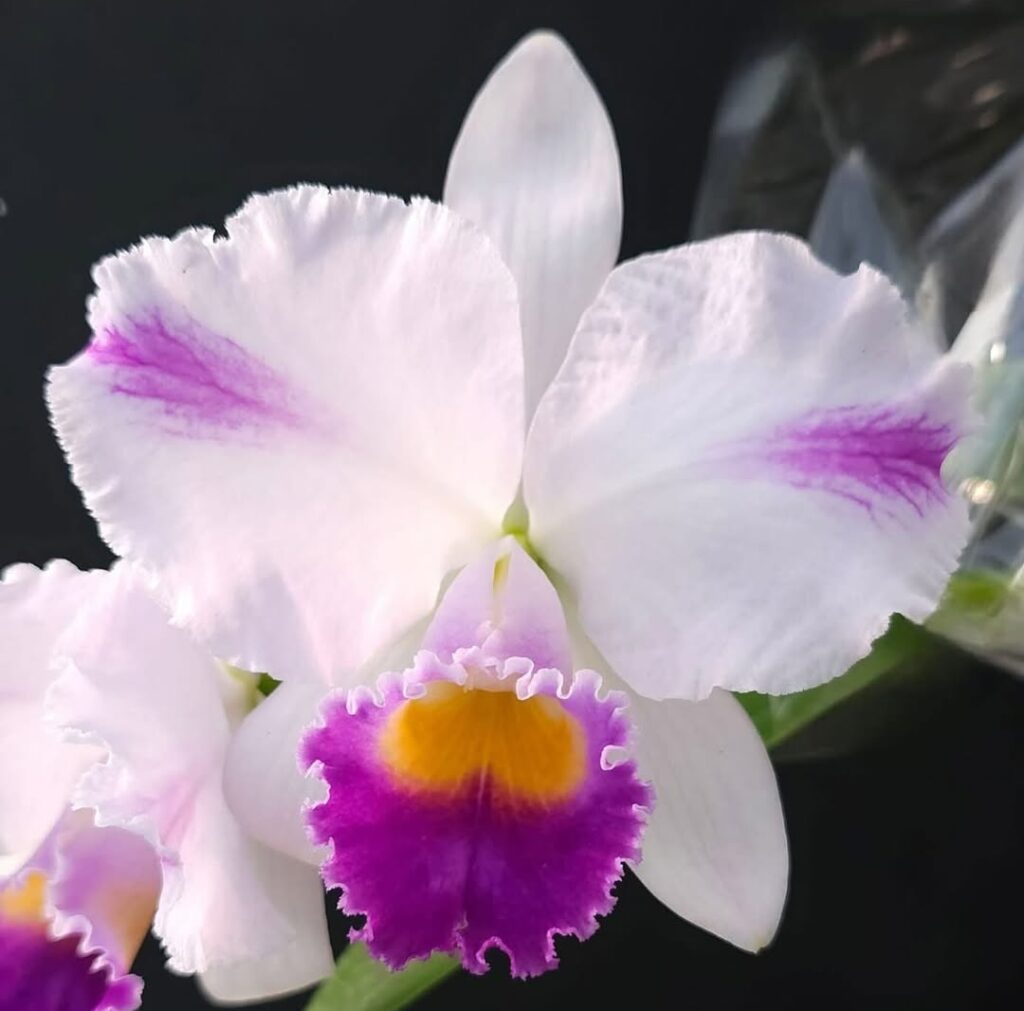
1. Sudden Changes in Environment
Why it happens:
Cattleyas are creatures of habit. Sudden changes in their environment, like moving them from one room to another or bringing them inside or outside, can stress them out. The shock disrupts their growth cycle, causing them to abort buds as a natural survival response.
Prevention Tip:
Always transition your orchid slowly when changing its location. Introduce it gradually to new light or temperature levels over a few days to minimize stress. This helps the plant adjust without going into panic mode and dropping buds as a result.
2. Low Humidity Levels
Why it happens:
Cattleya trianae is native to humid tropical climates, so when grown indoors with low humidity—especially in heated or air-conditioned rooms—it can become dehydrated. Low moisture in the air makes it hard for buds to retain hydration, causing them to dry out and fall prematurely.
Prevention Tip:
Maintain humidity between 50–70%. Use a humidity tray filled with water and pebbles, mist the plant regularly, or place a small humidifier nearby. Your orchid will thank you with stronger, longer-lasting buds and fewer issues during the blooming season.
3. Inconsistent Watering
Why it happens:
Overwatering suffocates roots, while underwatering leads to dehydration—both forms of stress that can cause buds to drop. If the roots are rotting or bone-dry, they can’t transport nutrients and moisture effectively to developing buds, resulting in bud blast.
Prevention Tip:
Water your Cattleya only when the potting medium is nearly dry. Stick your finger an inch into the medium—if it feels dry, it’s time to water. Always use well-draining orchid mix to prevent root rot and ensure healthy hydration.
4. Poor Air Circulation
Why it happens:
Airflow is essential for orchid health. Without proper air movement, stagnant conditions create the perfect breeding ground for mold, fungi, and bacterial infections. These issues not only damage leaves and roots but can also interfere with bud development and lead to their premature drop.
Prevention Tip:
Place a small fan nearby to keep the air gently moving around your plant. Make sure the area isn’t completely enclosed. Healthy airflow reduces the risk of fungal problems and helps the plant breathe, which encourages healthier buds and overall vitality.
5. Low Light Conditions
Why it happens:
Cattleya trianae needs bright but indirect light to develop strong buds. Without enough light, the plant lacks the energy it needs to sustain bud growth. This energy deficiency results in aborted blooms, even when other care conditions are met.
Prevention Tip:
Position your orchid near a bright window with filtered light. An east-facing window is ideal.If you have limited access to natural light, you might want to use full-spectrum grow lights. Keep an eye on leaf color—dark green may look healthy, but it often signals too little light.
6. Pest Infestation
Why it happens:
Your orchid’s budding buds may be harmed by tiny pests like aphids, spider mites, or thrips. These insects often suck sap directly from buds or inject harmful enzymes, leading to distortion, discoloration, and eventually bud loss before the flower even gets a chance to bloom.
Prevention Tip:
Check your orchid weekly for signs of pests. Use a magnifying glass to inspect the undersides of leaves and around buds. If pests are present, treat the plant with neem oil or an insecticidal soap. A clean, pest-free plant is less likely to suffer from bud loss.
7. Temperature Stress
Why it happens:
Cattleyas prefer warm days and cool nights—but not too cold or hot. Rapid temperature swings, like placing the plant near a heater, air conditioner, or open window, can shock the buds. Temperature extremes make it hard for the plant to maintain its growth rhythm.
Prevention Tip:
Aim for a daytime temperature of 70–85°F (21–29°C) and night temperatures around 55–60°F (13–16°C). Avoid placing the orchid in direct airflow from heaters or AC units. A steady temperature range is key to protecting your plant’s delicate buds.
8. Ethylene Gas Exposure
Why it happens:
Ethylene gas is naturally emitted by ripening fruits and smoke. While harmless to humans, it’s toxic to orchids—especially to developing buds. Even a bowl of bananas or apples near your plant can unknowingly cause bud blast, leaving you confused about the sudden loss.
Prevention Tip:
Keep your orchid far away from kitchens, fruit baskets, and areas where smoke or gas is present. This small change can make a huge difference in preserving those precious buds until they fully bloom into the flowers you’ve been waiting for.
Final Thoughts
Losing orchid buds before they bloom can feel like a huge setback, but it’s often a symptom of something simple and fixable. By paying close attention to your Cattleya trianae’s environment, hydration, and overall care, you can help it blossom beautifully. Remember—patience, consistency, and observation are your best tools as a plant parent.
FAQs About Cattleya Trianae
Why is my Cattleya Trianae dropping buds before they bloom?
Cattleya Trianae dropping buds can happen due to sudden environmental changes like low humidity, poor ventilation, or a drastic shift in temperature. These stressors shock the orchid, causing premature bud drop. Ensuring stable growing conditions can help prevent your Cattleya Trianae from dropping buds unexpectedly.
Can overwatering lead to Cattleya Trianae dropping buds?
Yes, overwatering is a common reason for Cattleya Trianae dropping buds. When the roots stay too wet, they suffocate and rot, leading to poor nutrient absorption. This stress affects the buds directly, causing them to yellow and fall off before opening into the beautiful flowers you expect.
Is underwatering a cause of Cattleya Trianae dropping buds?
Absolutely. Just like too much water, too little can also lead to Cattleya Trianae dropping buds. If the plant doesn’t receive enough moisture during bud development, it enters survival mode and sheds the buds to conserve energy. Regular, balanced watering is crucial for bud retention.
Does moving the plant cause Cattleya Trianae dropping buds?
Yes, relocating your orchid can shock it, resulting in Cattleya Trianae dropping buds. Even small changes in light, humidity, or airflow can cause stress. Always try to keep the plant in a stable environment, especially during the critical bud formation and growth stages.
Could pests be the reason for Cattleya Trianae dropping buds?
Pests like aphids, spider mites, and thrips often target buds and young growth. Their feeding can directly damage the buds, leading to Cattleya Trianae dropping buds. Regular inspection and organic pest treatments are vital to keep your orchid healthy and pest-free.
How does light affect Cattleya Trianae dropping buds?
Insufficient or excessive light can both cause Cattleya Trianae dropping buds. Orchids need bright, indirect light—too little causes weak growth, while too much burns the buds. Adjust your lighting setup to ensure your Cattleya Trianae receives optimal exposure during bud development.
Can cold drafts cause Cattleya Trianae dropping buds?
Yes, sudden exposure to cold air or drafts is a leading factor in Cattleya Trianae dropping buds. Orchids prefer consistent warmth. A blast of cold air from an open window or air conditioner can shock the plant, leading it to abort the buds to protect itself.
Is fertilizer related to Cattleya Trianae dropping buds?
Improper fertilization—whether overfeeding or underfeeding—can result in Cattleya Trianae dropping buds. A balanced orchid fertilizer during the growing season is essential. Too much nitrogen can lead to leaf growth at the expense of flowers, while a lack of nutrients causes bud failure.
How do temperature fluctuations lead to Cattleya Trianae dropping buds?
Cattleya Trianae dropping buds often occurs when daytime and nighttime temperatures vary too much. Ideally, a slight drop at night is good, but extreme shifts can confuse the plant. Maintaining consistent temperatures within a comfortable range supports healthy bud formation and retention.
What humidity levels prevent Cattleya Trianae dropping buds?
Maintaining 50–70% humidity is ideal to stop Cattleya Trianae dropping buds. Dry indoor air, especially during winter, can dehydrate buds. Using a humidity tray or humidifier can create a stable environment that keeps buds intact and encourages them to bloom beautifully.
Could poor air circulation be behind Cattleya Trianae dropping buds?
Yes, stagnant air encourages fungal growth and pest infestations, both of which can lead to Cattleya Trianae dropping buds. Gentle, consistent airflow is key. Use a small fan or ensure good natural air movement to keep the plant healthy and its buds firmly attached.
Can disease cause Cattleya Trianae dropping buds?
Yes, fungal or bacterial infections can damage developing buds, leading to Cattleya Trianae dropping buds. Watch for discoloration or spotting on leaves and buds. Quick action using fungicides and isolating infected plants can prevent the spread and save future blooms.
Are older plants more likely to experience Cattleya Trianae dropping buds?
Not necessarily. While older plants may have more blooming history, they can still experience Cattleya Trianae dropping buds if growing conditions are poor. However, mature plants may also recover better if given proper care and returned to a favorable environment.
How can I stop my Cattleya Trianae from dropping buds in the future?
To prevent Cattleya Trianae dropping buds, maintain stable humidity, avoid overwatering, provide bright indirect light, and protect the plant from temperature changes. Consistency is key—avoid stress factors, inspect for pests, and fertilize properly to ensure your Cattleya Trianae rewards you with full, lasting blooms.
